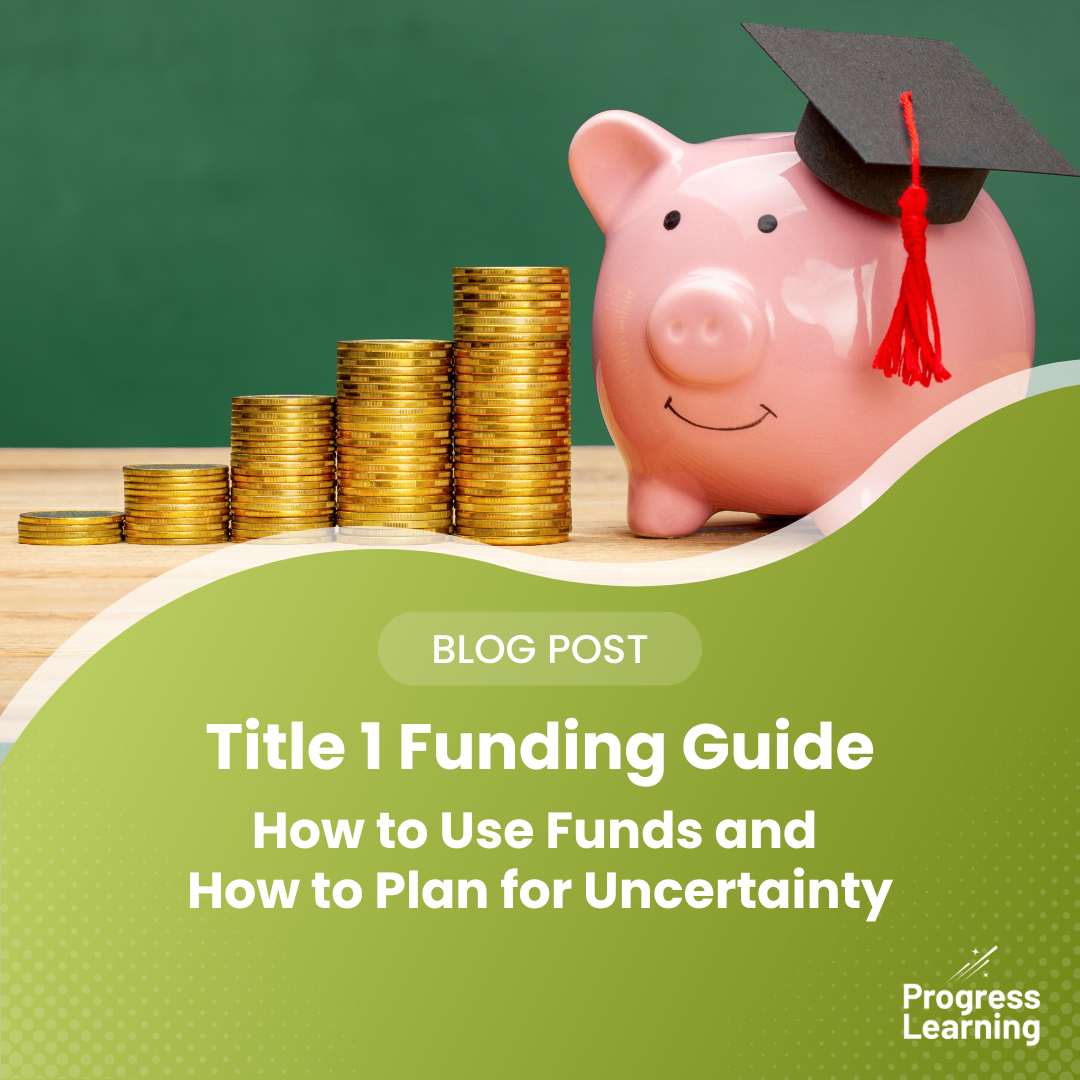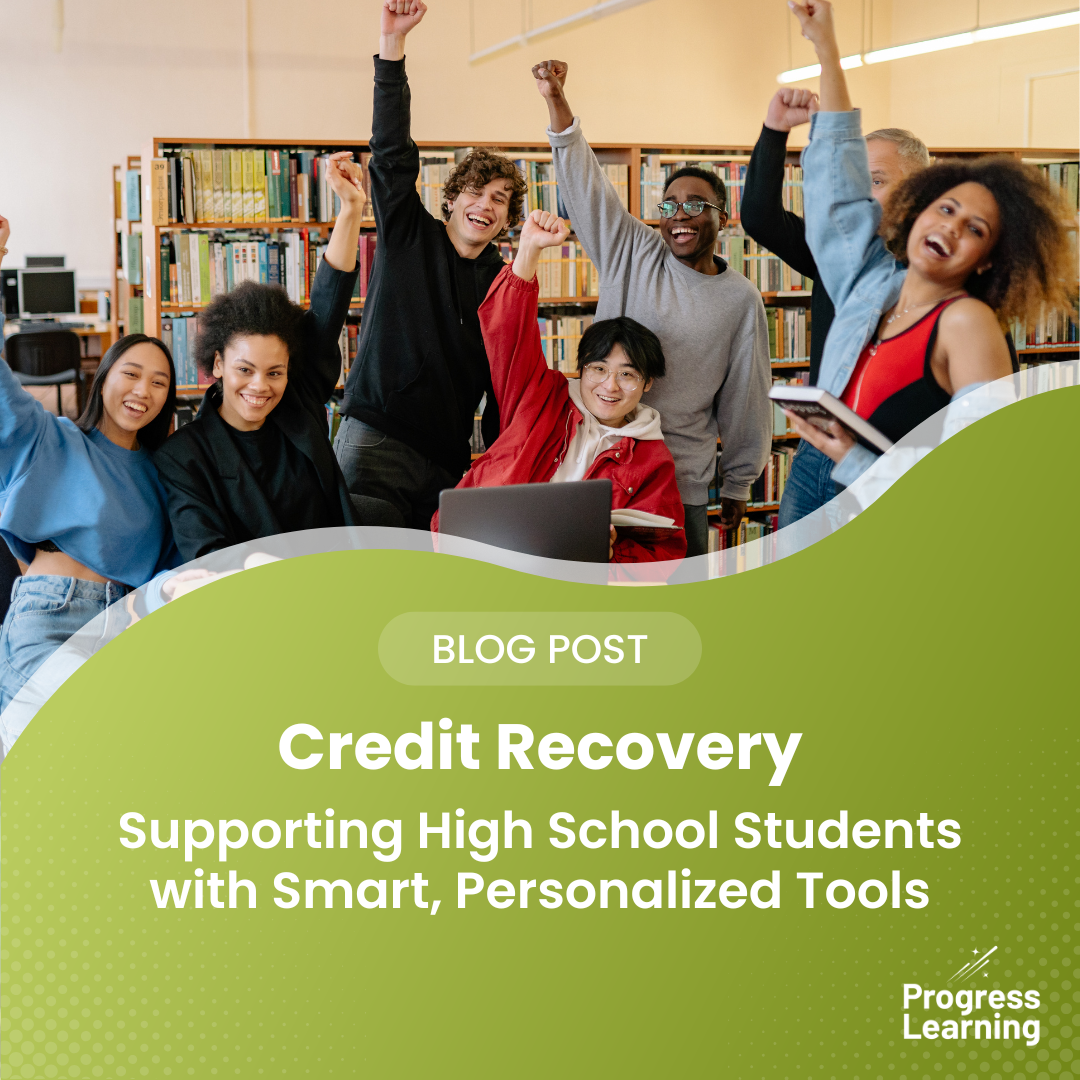Everything Is Formative: Rethinking Feedback and Assessment for Real Student Growth
How often do we pour time and energy into grading student work, only to watch them glance at the score and toss the assignment aside? In too many classrooms, summative assessments signal the end of learning when they should be an opportunity to start a new cycle of reflection and growth.
That’s the heart of Everything is Formative, a webinar hosted by Progress Learning and led by veteran educator Amy Wolford. With 26 years of teaching experience and a relentless focus on student learning, Wolford has redefined how assessment can work in K–12 classrooms. Her approach centers on a deceptively simple truth: when you treat all assessments as formative, students learn more, period.
From “End Point” to “Starting Line”: A Feedback Revolution
Wolford’s strategy began years ago when, like so many teachers, she found herself drowning in stacks of essays. She spent hours providing detailed comments, only to watch students skim the score, ignore the feedback, and repeat the same mistakes on the next assignment.
“I would be so proud of myself that I got the essays back in two days, and then I’d hand them out, and they’d look at the grade, and stuff it in the backpack. No learning was happening,” she recalled. Her frustration led to a breakthrough. What if students had to engage with feedback before they saw a grade? What if the grade wasn’t the end, but just one part of a larger learning loop?
That’s when she created her formative feedback system, a multi-step process that puts reflection, peer learning, and accountability at the center.
Amy Wolford’s 4-Part Formative Feedback Cycle
At the core of Wolford’s strategy is a simple twist: don’t put the grade on the work. Instead, she uses a sticker or symbol that only she understands. The grade is hidden temporarily. Why? To force students to interact with the feedback before focusing on the score.
Here’s how the process works:
-
Self-Assessment: Students reread their work and identify two strengths and two areas for improvement. Then, using a class rubric, they score themselves. “This forces them into the work,” Wolford said. “They have to think about what worked and what didn’t.”
-
Peer Feedback: Students exchange work with a partner and offer feedback using the same structure: two strengths, two areas for improvement, and a score using the rubric. This stage builds collaboration and introduces multiple perspectives.
-
Teacher Feedback: Wolford provides whole-class feedback based on patterns she noticed while grading. She also shares a student exemplar and invites students to recalibrate their understanding of quality.
-
Forward Application: Before the next similar assignment, students revisit their feedback sheets and remind themselves of the lessons they learned. “That’s how the growth happens,” she explains. “That’s where the learning sticks.”
This cycle transforms how students relate to their work—and to each other. It builds reflection, responsibility, and resilience.
It’s Not Just for Essays
While Wolford teaches AP Literature and uses this system with analytical essays, she’s quick to note it works across content areas:
- Lab reports in science
- Presentations in social studies
- Performances in the arts
- Short-answer or MC quizzes in any subject
Even multiple-choice assessments get the formative treatment. She returns them without marking incorrect answers, and students collaborate to revise responses before a class-wide debrief. “They’re going to become better writers, better thinkers, better problem-solvers,” Wolford said. “Not just because of what they did—but because of how they thought about what they did.”
Aligning with Progress Learning: Formative by Design
At Progress Learning, we believe feedback is most powerful when it’s immediate, actionable, and tied to clear learning goals. That’s why Wolford’s philosophy aligns so closely with our platform’s features:
- Formative and summative assessments—custom or prebuilt
- Quick-click remediation based on student performance
- Individualized study plans for targeted growth
- Real-time progress monitoring and detailed reporting
- Student motivation through gamified elements and feedback
And with our NWEA MAP integration, schools can take diagnostic data and immediately apply it to adaptive intervention through our Liftoff platform—bridging the gap between assessment and instruction in real time. Wolford’s approach also reflects our belief that learning isn’t about one score on one day—it’s about helping students move forward every time they engage with content.
Why This Matters for Districts and Schools
District leaders and school administrators often face three common challenges:
- Ensuring students take ownership of their learning
- Closing specific learning gaps
- Making feedback and assessment truly meaningful
Wolford’s strategy addresses all three without requiring more grading time or technology. It simply reorients the focus from score to growth. “We need to be teaching what we assess, and assessing what we teach,” she said in her webinar. “We need to debrief assessments with students ASAP—because that’s where the learning happens”. Her feedback process doesn’t just improve writing—it builds student agency. And in a world where academic accountability is tied to standards mastery, that agency is everything.
Ready to Make the Shift?
If you’re a school or district looking to enhance how your teachers assess and support students, start with this mindset: Everything is formative. Not every assignment needs to feel like a final exam. When students see their work as part of a larger learning journey, they’re more likely to engage, reflect, and grow.
Let’s make assessments less about the grade and more about the goal.
Subscribe below to be notified about our upcoming webinars


